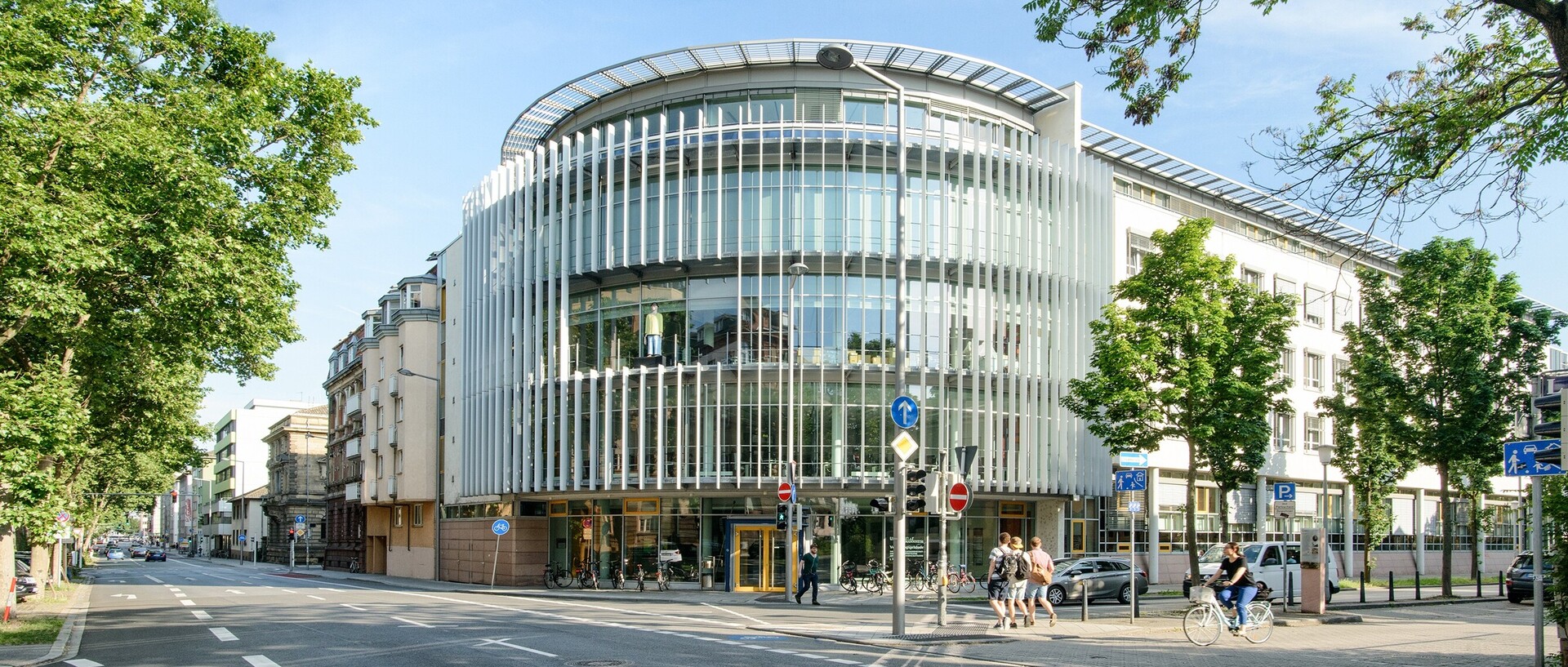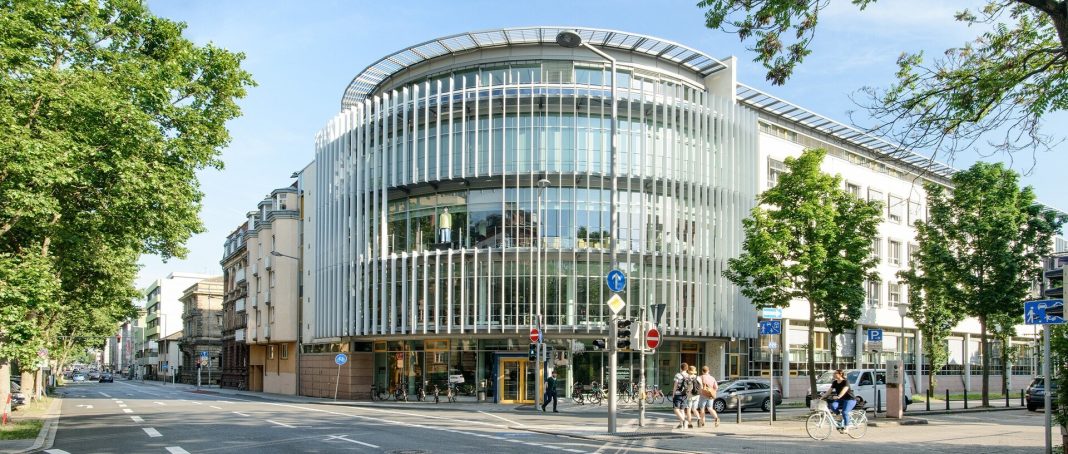
Weak Manufacturing Reports and Decline in Construction Spending Spark Economic Concerns
Introduction:
On September 3, the U.S. stock market experienced a sharp decline as weak manufacturing reports and a drop in construction spending raised fears of an economic slowdown. This article explores the implications of these developments and their impact on various sectors of the economy.
Manufacturing Sector Records Decline:
For the first time in seven months, the U.S. manufacturing sector saw a decline in production. The Institute for Supply Management (ISM) and S&P Global released data indicating that manufacturing is mired in weakness, potentially pointing to a significant slowdown in economic growth. Falling demand, reduced employment, and rising inflationary pressures were cited as contributing factors to the decline. Chris Williamson, chief business economist at S&P Global, described the situation as one of the most worrying signals since the global financial crisis.
Softening Demand and Contracting Employment:
The ISM report echoed the findings of the S&P Global report, highlighting softening demand, contracting employment, and manufacturing activity remaining in recession territory for the fifth consecutive month. Timothy Fiore, chair of ISM’s manufacturing business survey committee, attributed these trends to companies’ hesitation to invest in capital and inventory due to federal monetary policy and election uncertainty.
Rising Costs Amidst Falling Demand:
Interestingly, despite falling demand and a drop in production, factory costs increased. Rising wages and high shipping rates contributed to a rise in input costs, which reached their fastest pace since April 2023. This suggests the emergence of a possible stagflationary trend, wherein inflation rises while economic growth remains stagnant.
Economic Output Poised for Slowdown:
Analysts at ING expressed concerns that the manufacturing data indicates a significant slowdown in economic output. They noted a narrowing of pockets of strength, with only a small percentage of industries experiencing rising orders and production. James Knightley, chief international economist at ING, emphasized that historically, such weakness in output and orders points to a sharp deceleration in GDP growth.
Construction Spending Decline:
In addition to the gloomy manufacturing numbers, data released on September 3 revealed a decline in construction spending. July’s figures showed a 0.3 percent decrease compared to market forecasts of a 0.1 percent rise. This suggests a softening trend in the construction sector. Knightley pointed out that two consecutive negative monthly prints indicate a notable cooling in nonresidential construction. He also highlighted the waning support from the Inflation Reduction Act and the impact on construction activity tied to semiconductor manufacturing.
Impact on the Service Sector:
With manufacturing languishing and construction cooling, there is increasing reliance on the service sector to drive economic growth. This sector will play a crucial role in stabilizing the economy and compensating for weaknesses in manufacturing and construction.
Global Concerns and Market Response:
The slump in the U.S. stock market on September 3 had repercussions beyond Wall Street. European stocks also experienced their worst session in nearly a month, reflecting concerns about a global economic slowdown. The pan-European STOXX 600 index ended the session down nearly 1 percent, with Germany’s DAX slipping from record highs. Stocks in France, Spain, and Italy also dropped significantly.
Conclusion:
The recent weak manufacturing reports and decline in construction spending have raised concerns about an economic slowdown. The manufacturing sector’s decline in production, softening demand, and contracting employment signal a potential deceleration in GDP growth. Rising costs amidst falling demand and a drop in construction spending further compound the worries. However, the service sector may offer some respite by driving economic growth. The global market’s response to these developments demonstrates the interconnectedness of economies and the need for vigilance in monitoring trends and implementing appropriate measures to mitigate potential risks.


